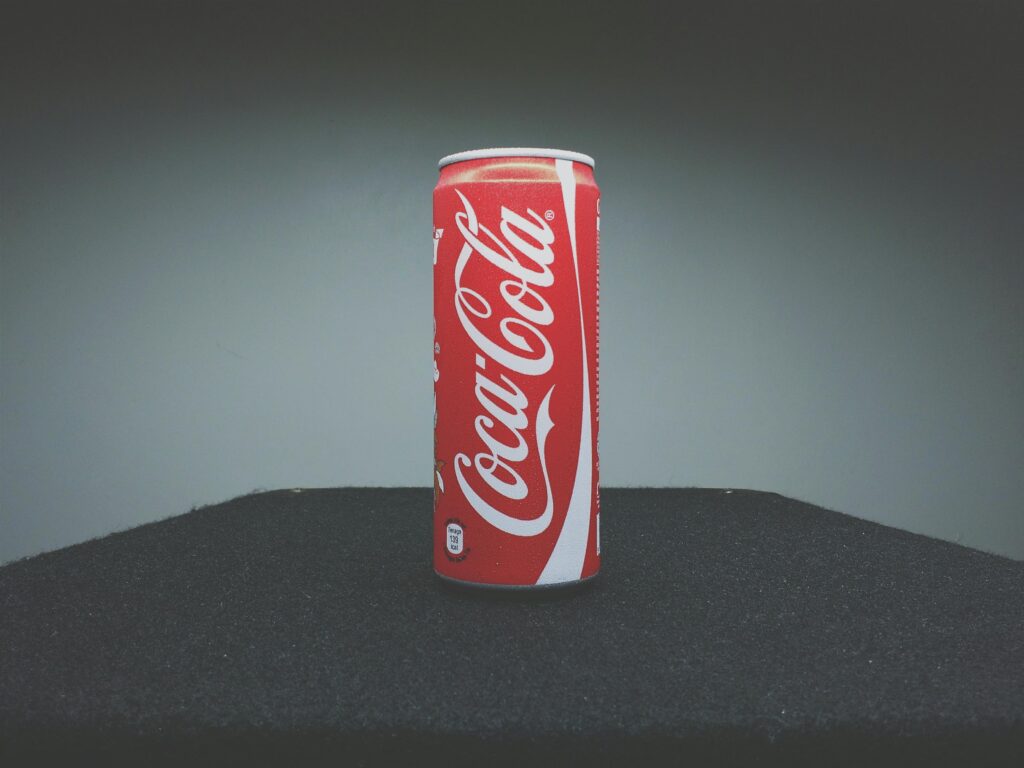Have you ever come up with a brilliant brand name, only to wonder if someone could steal it before you made it big?
Or maybe you’ve designed a striking logo or thought of a unique tagline and asked yourself, “Can I legally protect this?”
You’re not alone. One of the most confusing parts of starting a brand in India is figuring out whether your idea is even eligible for trademark protection. It gets trickier when you realise that not everything can be trademarked—and yes, even some clever, catchy names can be legally off-limits.
Understanding what qualifies as a trademark and what doesn’t is the first step to protecting your brand identity. The process can be surprisingly simple once you break it down. In this blog, we’ll explore what the law in India allows you to trademark, what it doesn’t, and how to make sure your creative assets don’t go unprotected.
Let’s begin with the basics. A trademark is essentially a sign, word, logo, sound, or a combination of these that helps distinguish your goods or services from others in the market.
It’s your brand’s legal identity. In India, trademarks are governed by the Trade Marks Act, 1999. The legal definition is found under Section 2(zb), which says that a trademark means a mark capable of being represented graphically and of distinguishing the goods or services of one person from those of others.
This definition is broad on purpose—to cover the variety of ways a business might present its brand to the world.
So, what kinds of things can actually be trademarked in India? The law gives you quite a bit of room to be creative, as long as what you’re trying to register is distinctive and non-generic.
Here’s a quick look at some of the most common types of trademarks that are allowed in India, with examples for each:
| What You Can Trademark | Examples | Notes |
| Word Marks | Zomato, Tata, Amul | Protects the brand name in any font or style |
| Logos or Device Marks | Apple’s apple, Nike’s swoosh | Should be unique and visually distinctive |
| Taglines or Slogans | “Just Do It”, “Taste the Thunder” | Must not be too generic or descriptive |
| Sound Marks | Yahoo yodel, Airtel tune | Allowed if the sound is distinctive and can be represented graphically (with musical notation or spectrograms) |
| Shape of Goods or Packaging | Coca-Cola bottle, Toblerone bar | Only if the shape is not functional and has acquired distinctiveness |
| Combination Marks | Logo + Wordmark (e.g., Burger King logo with text) | Offers broader protection |
| Colours (in combination) | Cadbury purple with logo | Not colours alone—must be associated with a brand identity |
| Domain Names (used as brands) | redbus.in, shaadi.com | Only if the domain is being used as a trademark |
Curious about what happens after 10 years of owning a trademark? Here’s how the renewal process works and why it’s crucial not to miss.
It’s important to remember that just because something is new or attractive doesn’t automatically mean it qualifies for protection. Your mark must be unique to your business and not something commonly used or understood in that industry.
For instance, trying to trademark the name “Fresh Milk” for dairy products would likely be rejected—because it describes what the product is, not where it comes from or who makes it.
Another key condition is that the trademark must be capable of being represented graphically. This means it must be visually identifiable in some format—written words, images, musical notations, etc.
This requirement ensures that trademarks can be stored, published, and searched in official records. So, even if you’re registering a sound, you need to provide a written representation or a sound file with graphic notation.
At the heart of this entire system is one simple idea: your trademark should make it easier for a customer to identify your brand without confusion. Whether you’re a fashion brand, a tech startup, a content creator, or a small business owner, your ability to stand out in the market depends on how easily people can associate your work with your identity—and the trademark is the legal shield that makes that possible.
While the list of things you can trademark in India is broad and flexible, there’s an equally important list of things you can’t. These restrictions exist to protect consumers from confusion, ensure fair competition, and prevent people from monopolising things that should remain open to public use—like common words, national symbols, or religious phrases.
Legally, these restrictions are laid out under Sections 9 and 11 of the Trade Marks Act, 1999. Section 9 deals with absolute grounds for refusal—things that are ineligible regardless of whether anyone else has registered them. Section 11 covers relative grounds, which relate to conflicts with existing trademarks.
Here’s a simple breakdown of what can’t be trademarked in India and why:
| What You Can’t Trademark | Why It’s Not Allowed | Example |
| Descriptive or generic words | Common terms that describe the product itself aren’t distinctive | “Creamy Ice Cream”, “Fast Courier” |
| Common trade phrases | Widely used expressions in an industry are not protectable | “Best Quality”, “100% Pure” |
| Geographical names | Names of cities, countries, rivers, etc., are public domain | “Delhi Clothing”, “Himalayan Tea” |
| Religious symbols or terms | To prevent offense or misuse of sacred ideas | “OM Shoes”, “Ram Lighter” |
| Names of public figures or national symbols | Using names or emblems of national importance is prohibited | “Gandhi Electronics”, Indian flag or Ashoka Chakra |
| Identical or confusingly similar marks | To avoid consumer confusion with existing trademarks | A brand called “Cokke” for soft drinks |
Social media misuse is tricky. Here’s how to stop others from using your trademark online—especially on platforms like Instagram or Facebook.
One of the most common reasons for rejection is when a brand name is simply too descriptive. For instance, naming your brand “Hot Noodles” for a noodle business doesn’t really help distinguish it from any other noodle seller. It just describes what you’re selling.
The law requires that trademarks be inherently distinctive or have acquired distinctiveness over time through use.
Sometimes, a trademark application gets rejected under Section 11 because it’s too similar to an existing trademark—either in sound, spelling, or meaning. Even minor variations like “Appel” for phones can be rejected if they are likely to confuse consumers into thinking the brand is connected to “Apple”. That’s why it’s always wise to run a proper public search on the IP India website before filing.
Now, not everything falls neatly into a “yes” or “no” category. There’s also a grey zone—things that may or may not be accepted based on how they’re presented, used, or interpreted by the examiner. Here are a few examples:
| Possibly Trademarkable | Depends On | Example |
| First names | If used uniquely or coined | “Katrina” for perfume may be accepted, but “Rahul” for clothing may not |
| Foreign words | If the meaning isn’t descriptive in English or Hindi | “Fiore” (Italian for flower) for electronics |
| City names used creatively | If used in a stylised or non-descriptive way | “Bombay Shaving Company” |
| Numbers | If stylised or made distinctive | “47 Ronin” or “2Go” |
| Dictionary words | If used for unrelated categories | “Apple” for computers is fine, but not for fruit juice |
Before you even think about registering, make sure you’ve done this—here’s how to check if a name or logo is already trademarked.
Whether these are approved often depends on how creatively they’re used and whether they’ve already acquired recognition in the market. It also depends on the distinctiveness test—which basically means, how likely is your mark to stand out and be associated with you alone?
So how do you pick a brand name that you can actually protect?
Here’s what works well in most cases: go for invented, made-up, or coined words. Think of names like “Zomato”, “Pepsi”, or “Xiaomi”. These words don’t exist in the dictionary, so they’re immediately distinctive.
You can also use unusual combinations of words that don’t directly describe your product. Avoid terms that are too obvious or commonly used in your industry, like “Healthy”, “Speedy”, “Premium”, etc.
Also, decide whether you want to register the wordmark (just the name) or the logo (visual design), or both. If your budget is limited, registering a wordmark first gives you broader protection—you can use the name in any style, font, or format. A logo registration, while useful, only protects that specific design.
Finally, make sure your trademark makes sense for your long-term brand identity. Ask yourself: will it look good on packaging? Can people pronounce it easily? Is it available as a domain name or social media handle? A little extra effort at this stage can save you a lot of headache later on.
To sum up, trademark protection isn’t just about the name—it’s about picking a name that is legally defensible, distinctive, and memorable. Not everything can be trademarked, and even some things that look brandable might hit legal roadblocks. But if you plan well and follow the rules, you’ll be on solid ground.
FAQs
1. Can I trademark a common word in India?
Only if the word is used in a unique, non-descriptive way. For example, “Apple” for electronics is allowed, but not for fruits.
2. Is it possible to trademark a person’s name?
Yes, but only if it’s used uniquely as a brand and doesn’t conflict with public interest or existing marks. Prior permission may be required.
3. Can I trademark a religious word or symbol?
No. Names or symbols with religious significance—like “OM” or “Ram”—are not allowed under Indian trademark law.
4. Are domain names eligible for trademark registration?
Yes, if they function as a brand and meet trademark requirements. Just owning a domain isn’t enough.5. Can I trademark a sound or a colour?
Yes, but only if the sound or colour combination is distinctive and strongly associated with your brand.
Not sure what the difference is between ™ and ®? You’ll want to read this simple explainer on trademark symbols and when to use them.



